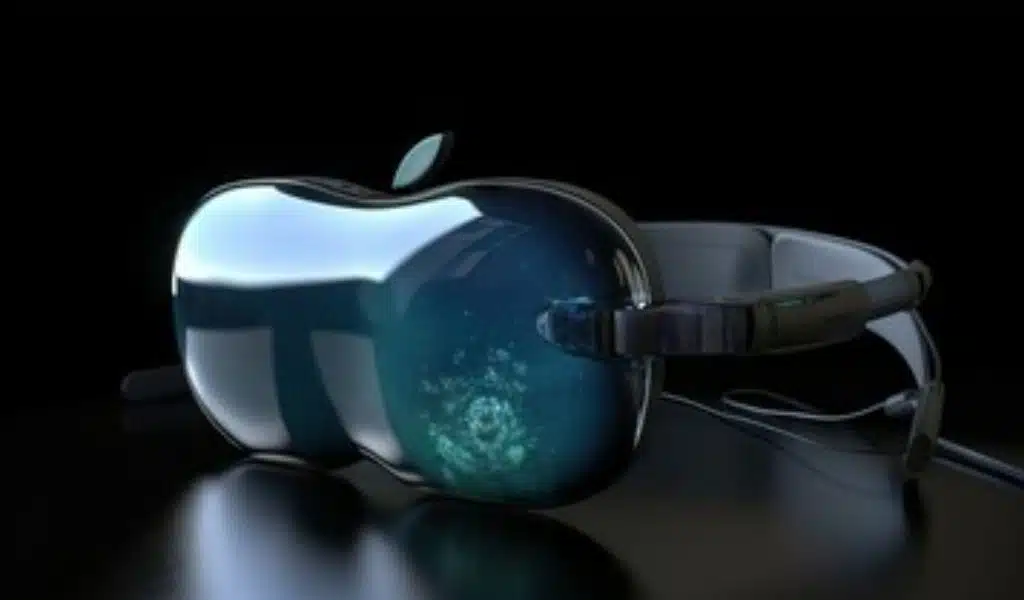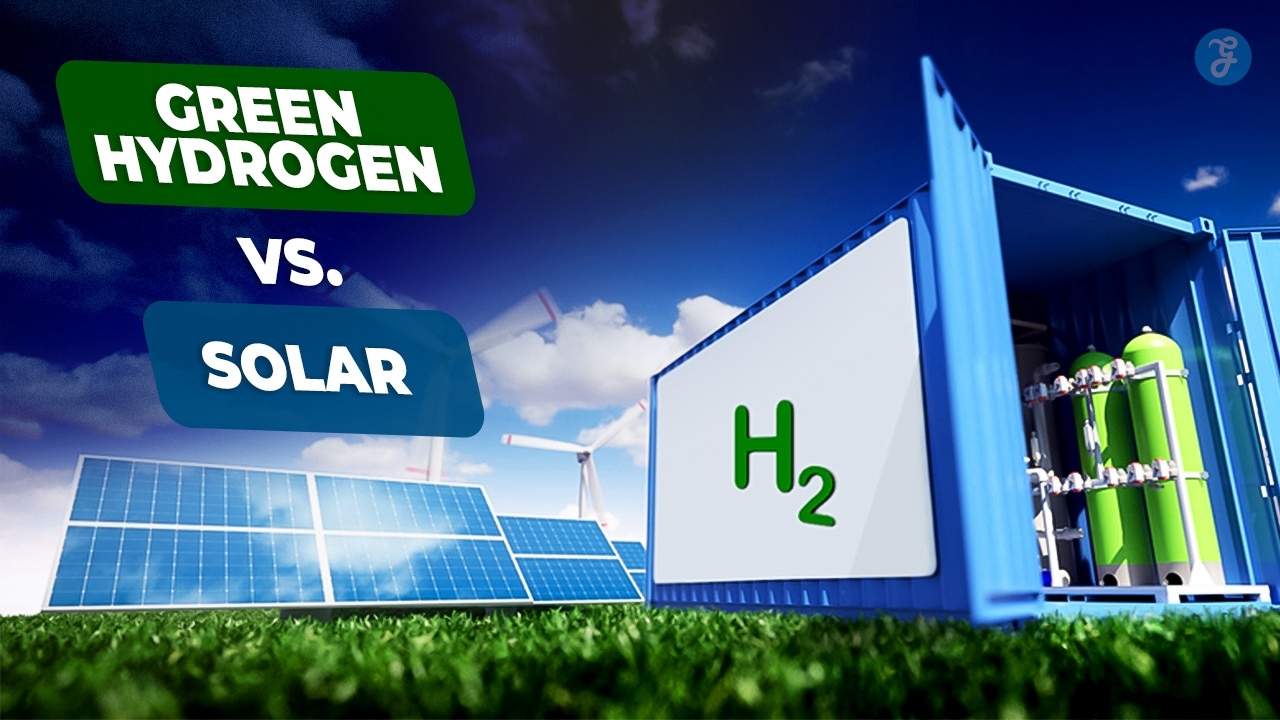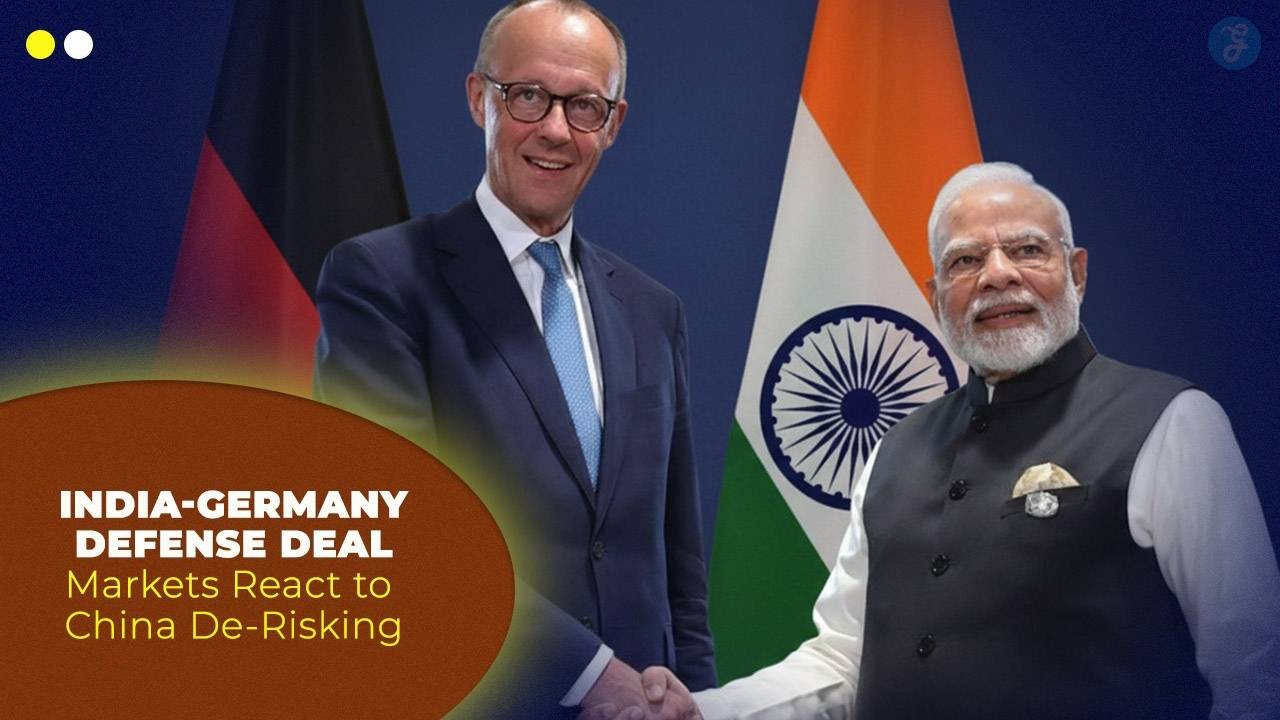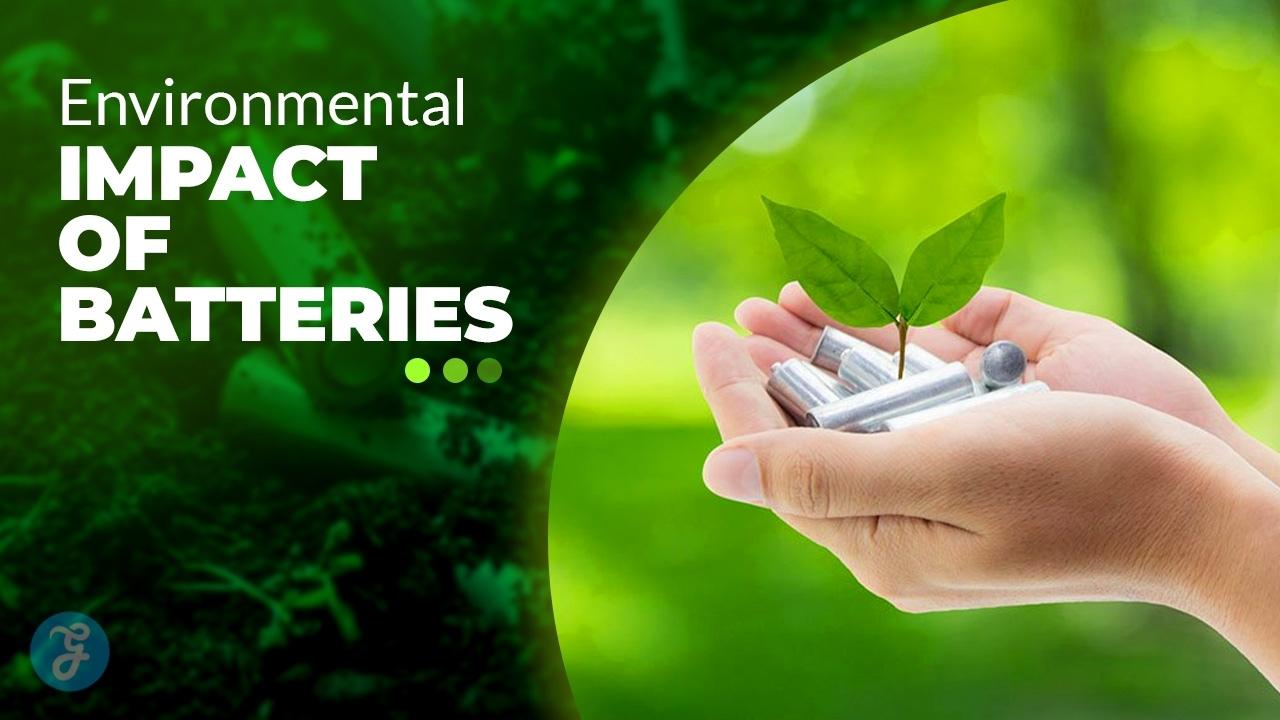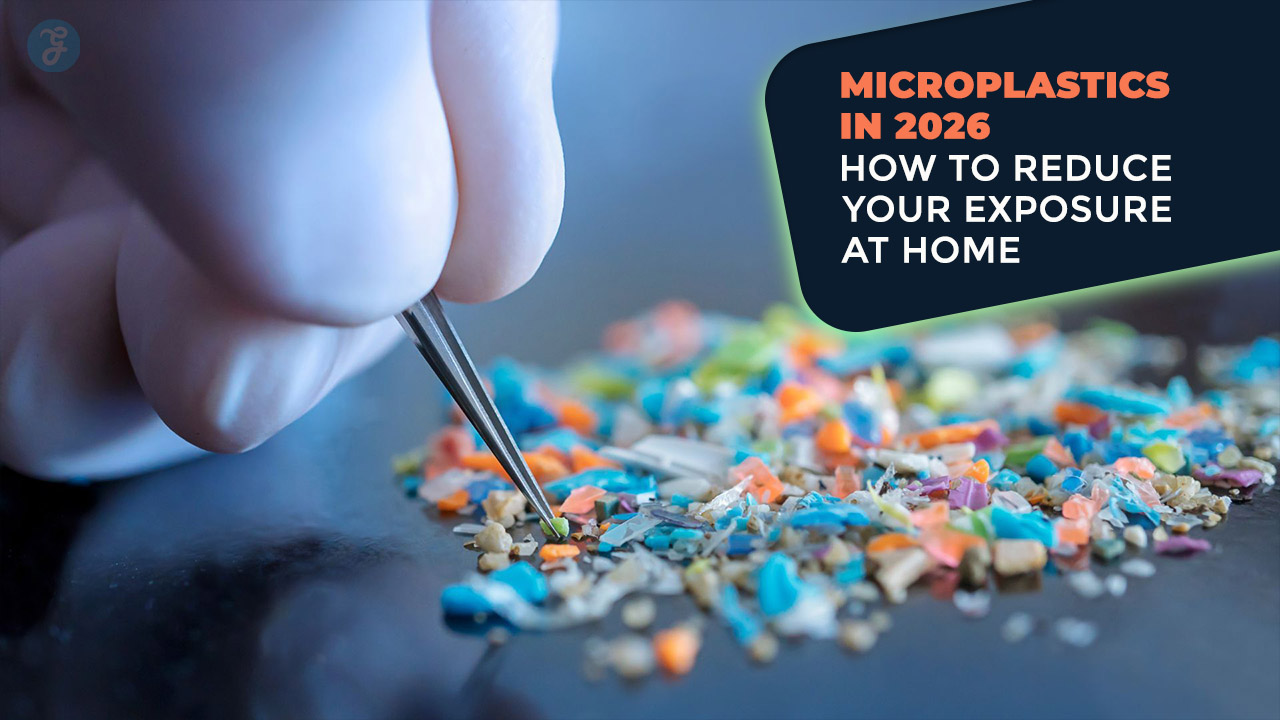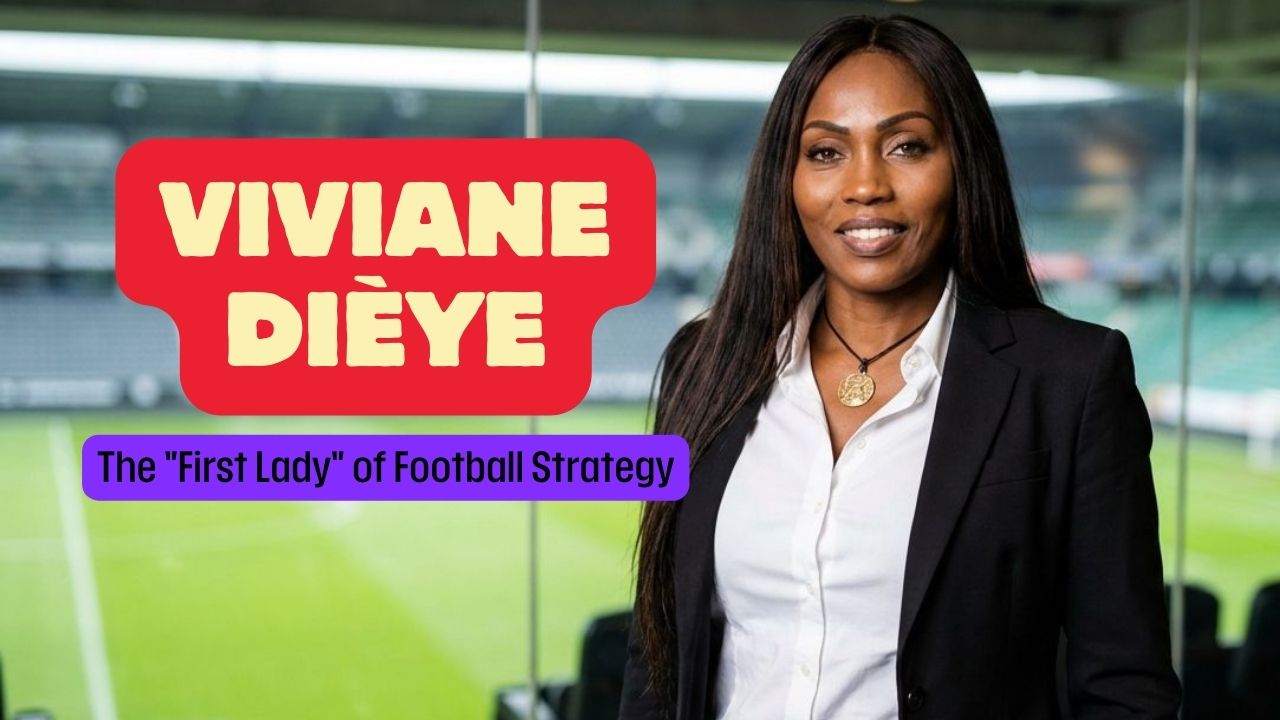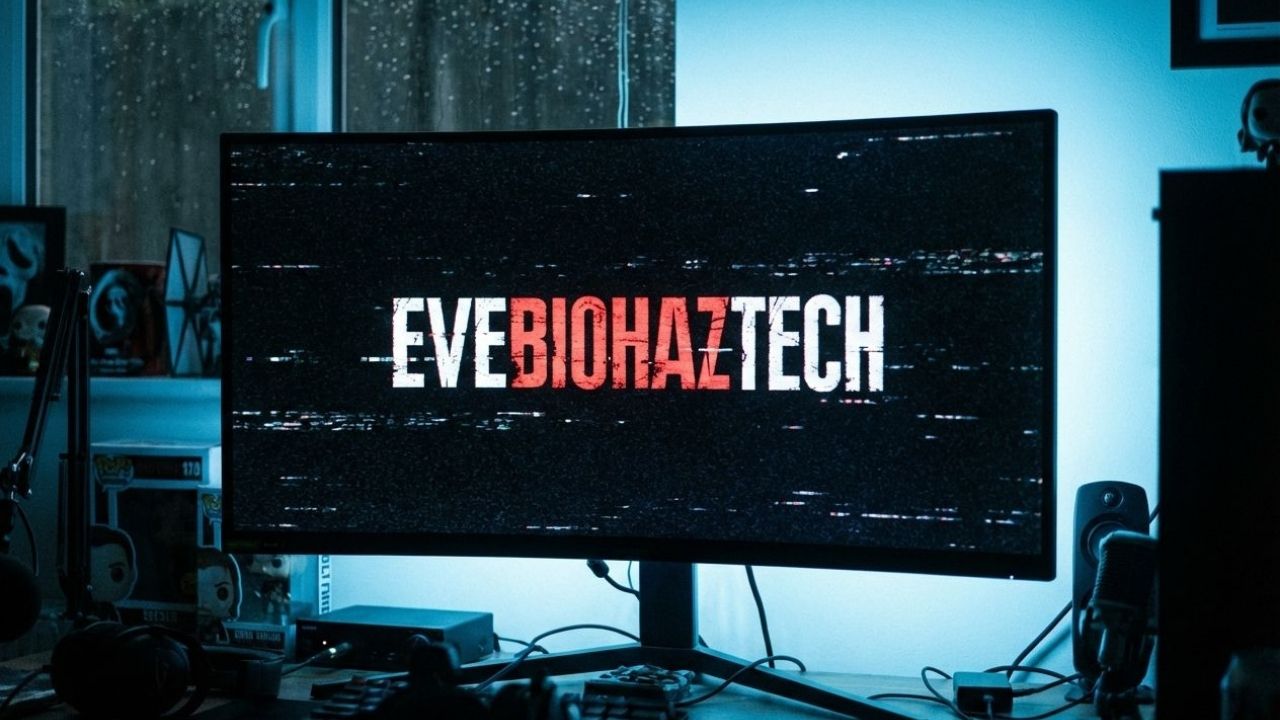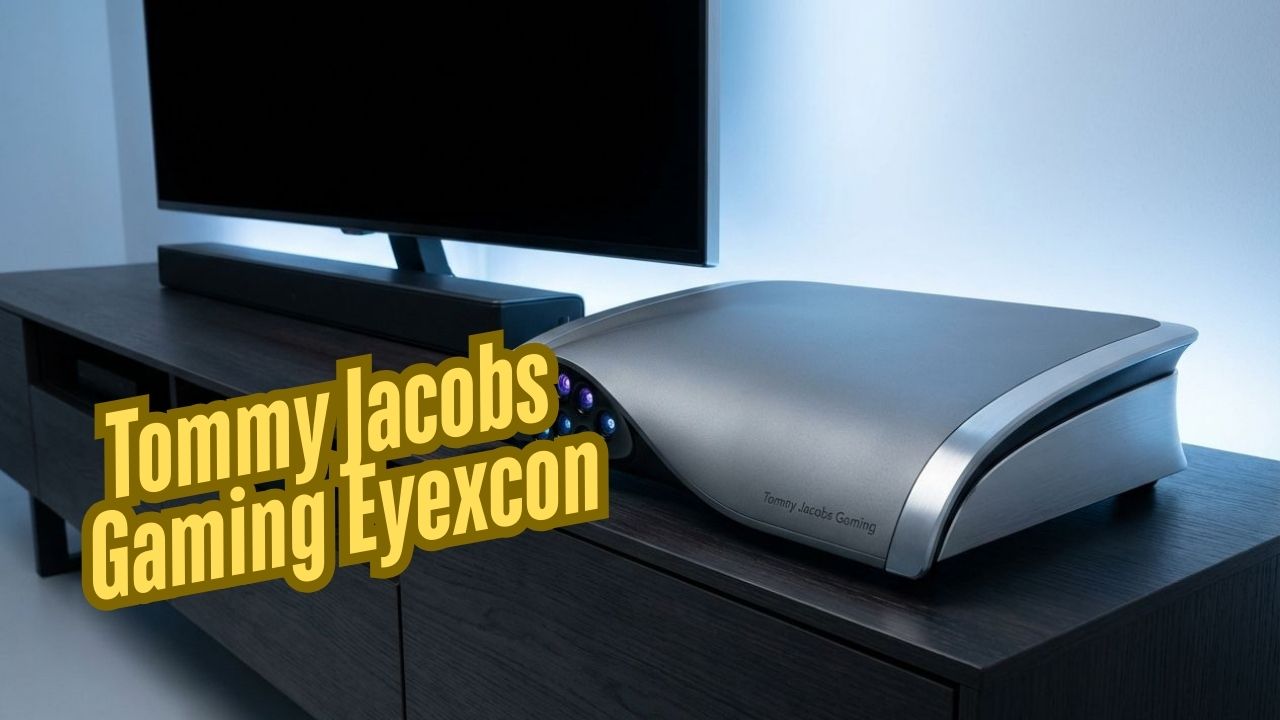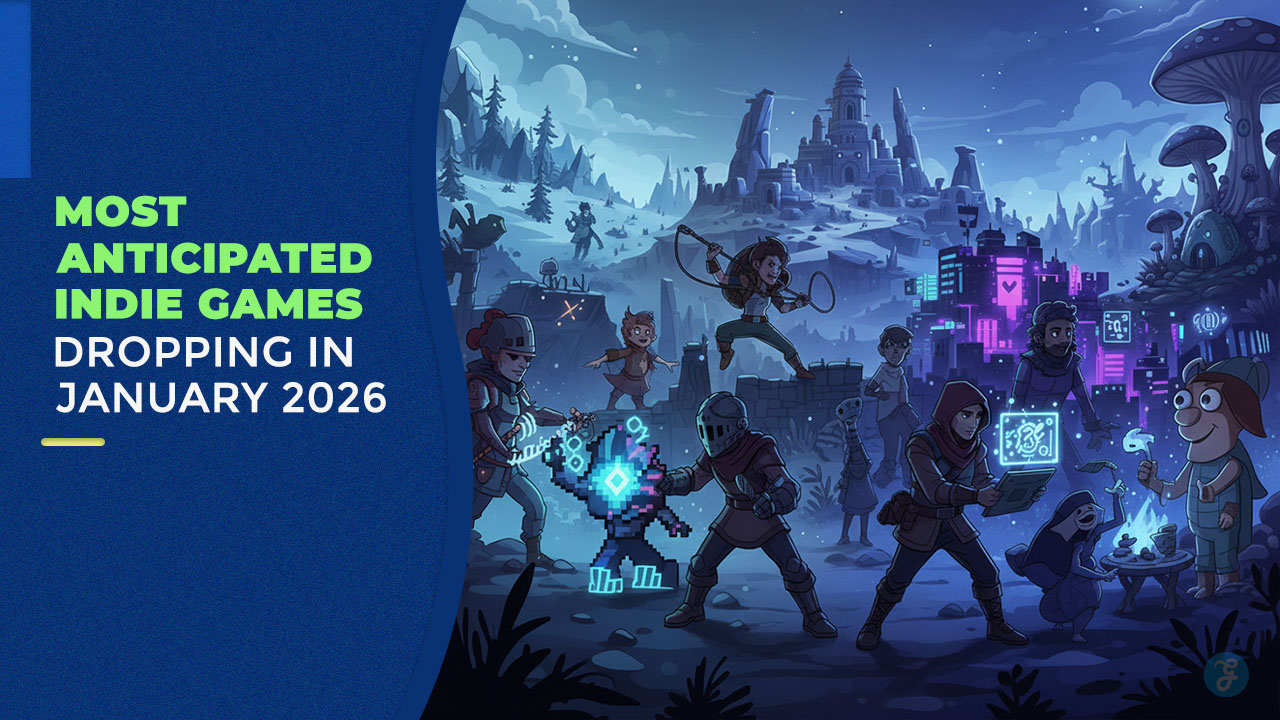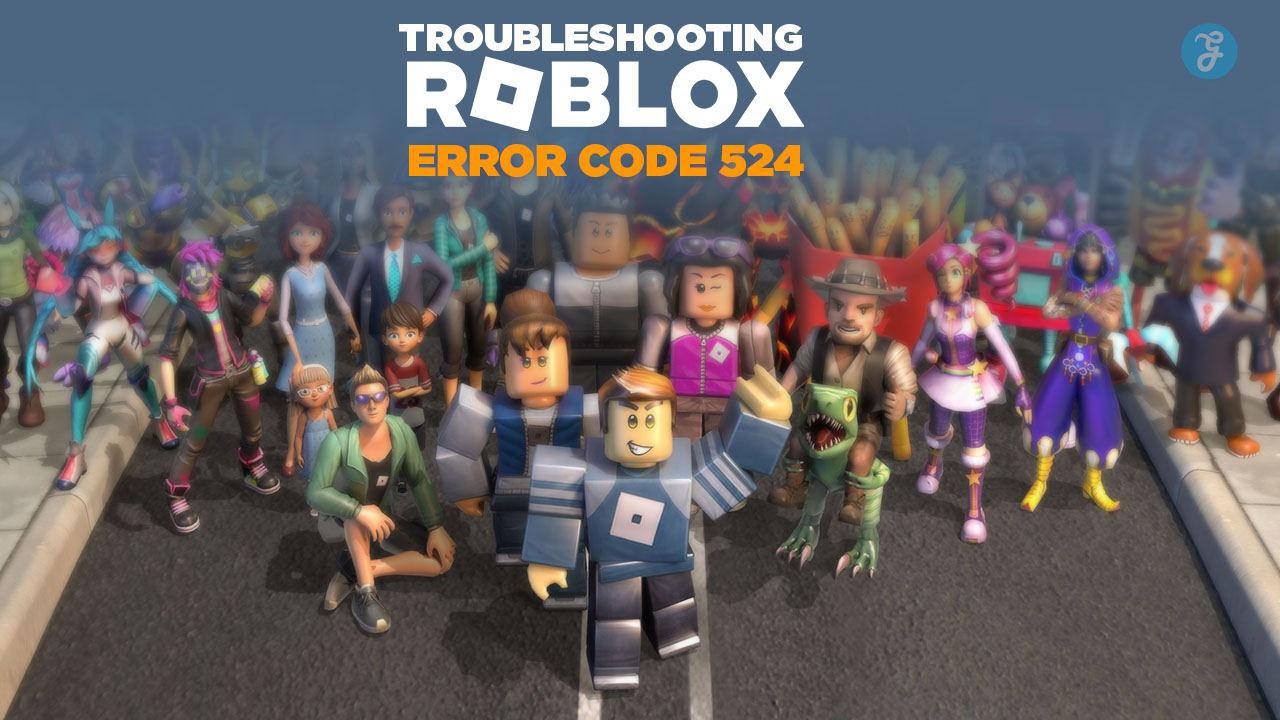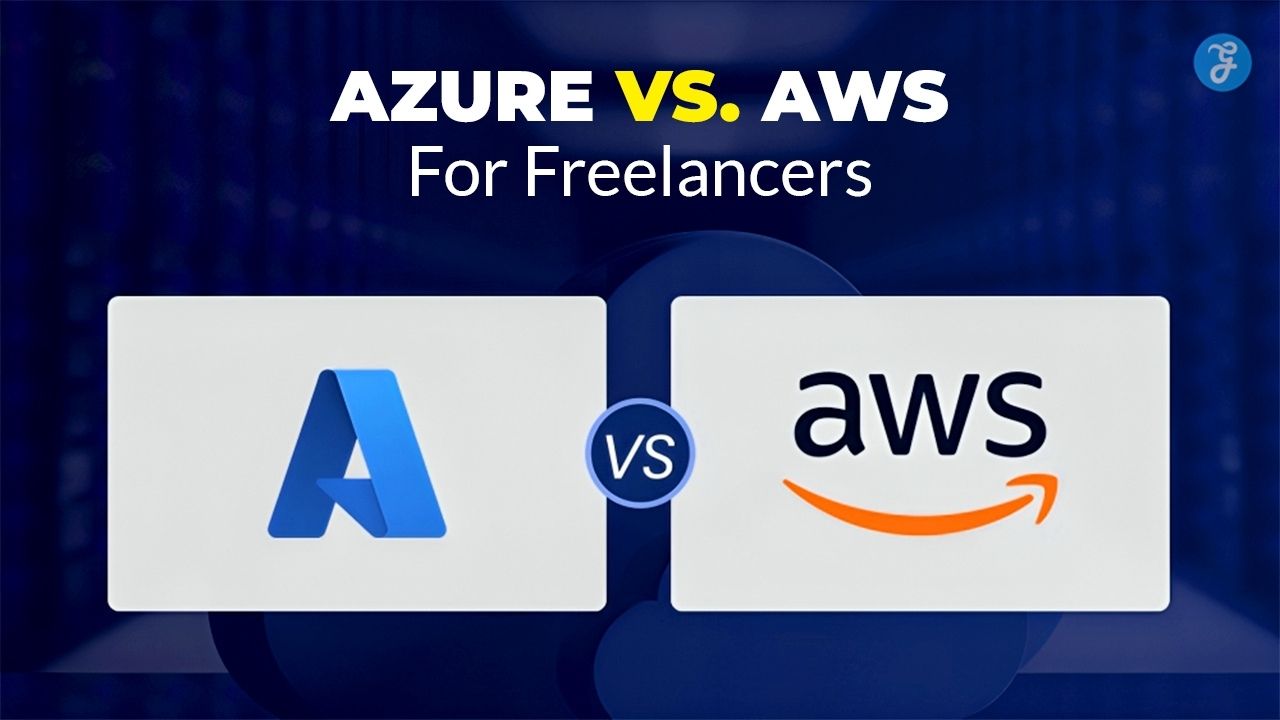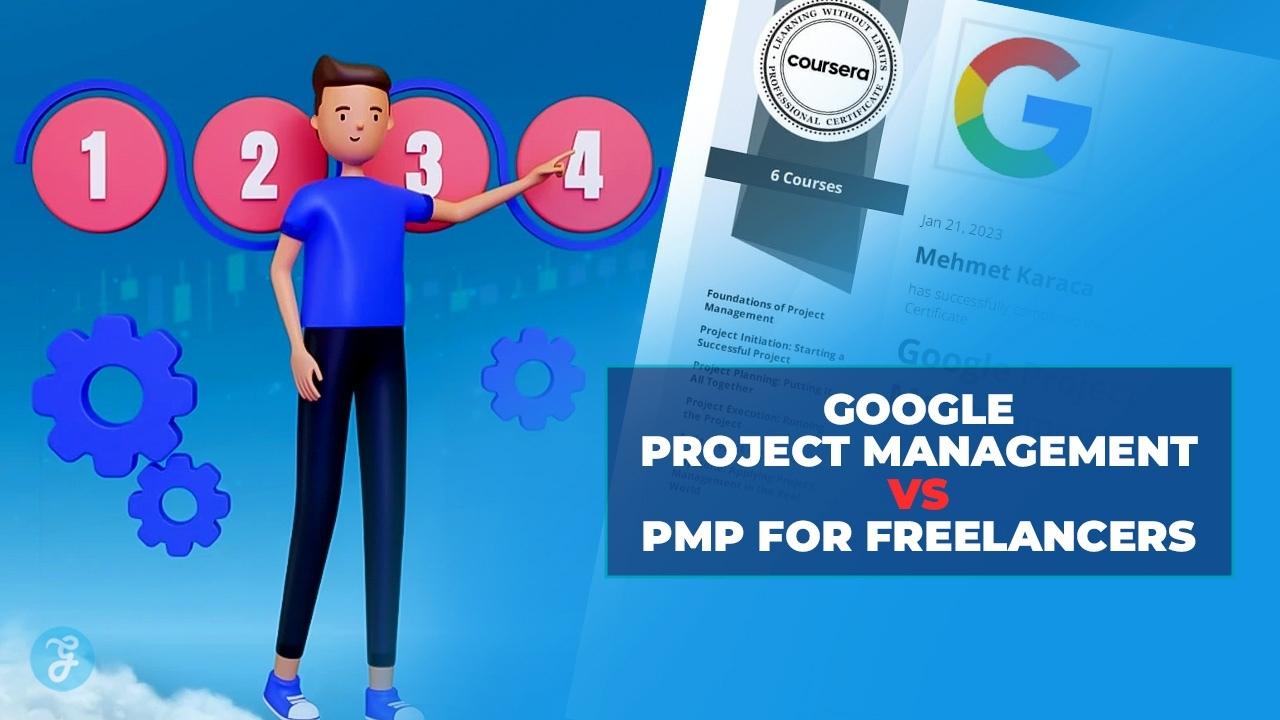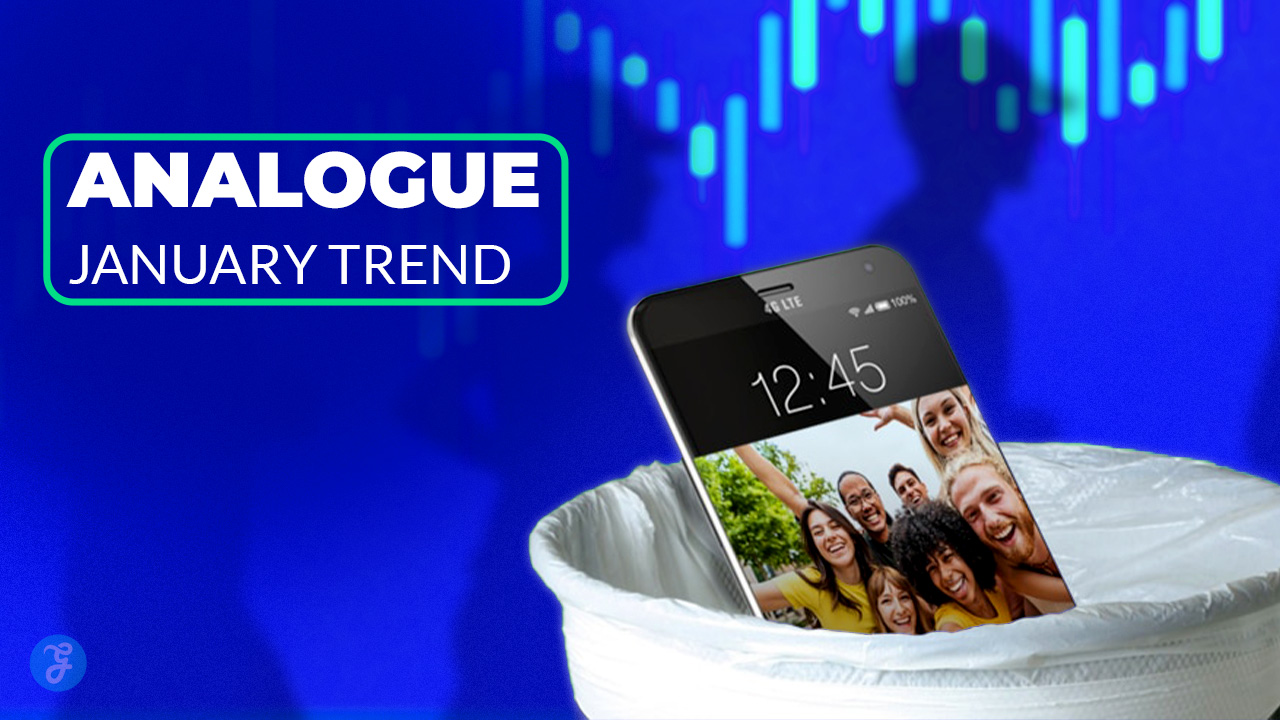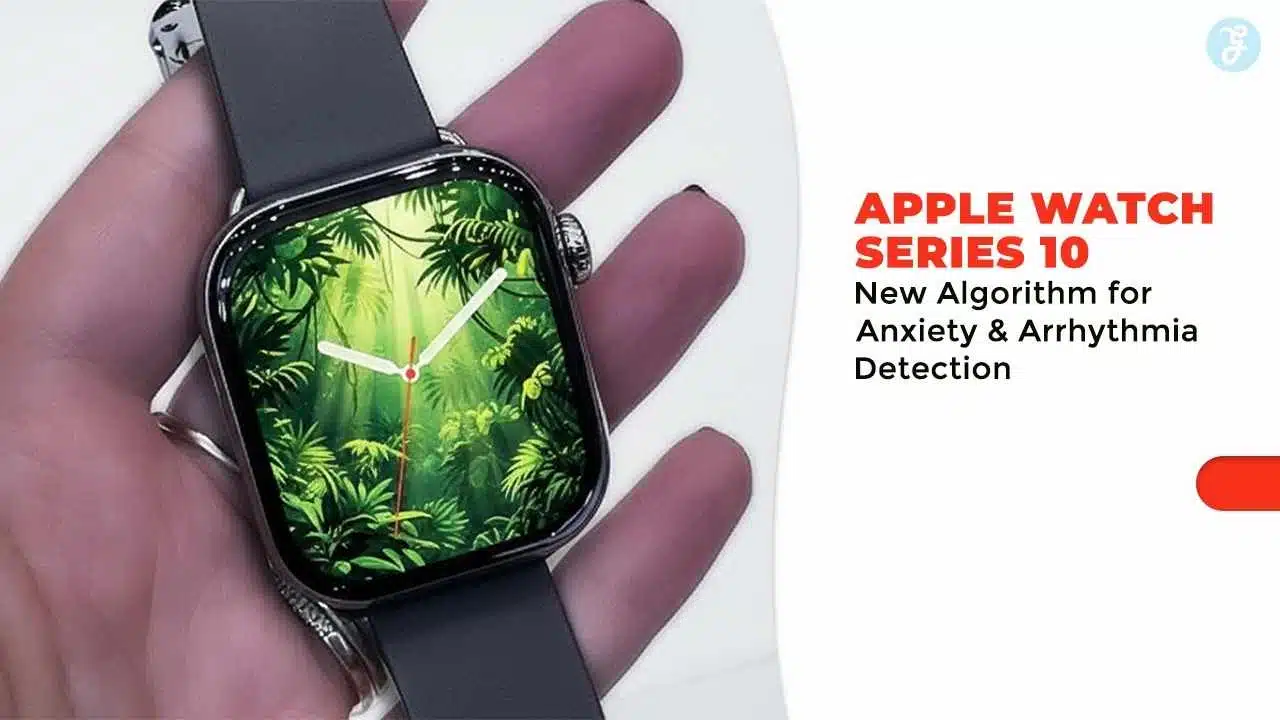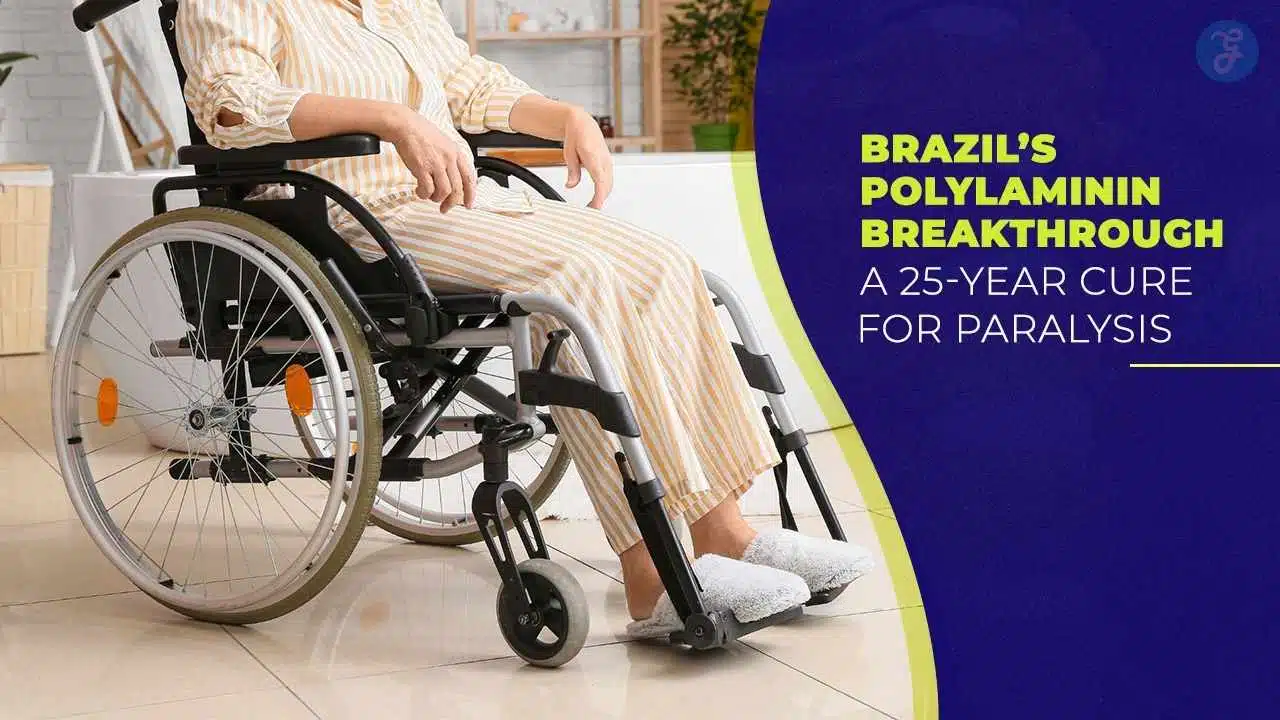Apple announced the Vision Pro at WWDC 2023. It is an AR/VR headset with a lot of technology and a price tag that is just as impressive: $3,499. The Vision Pro uses a new type of display called micro-OLED that makes it stand out from cheaper goods from Valve and Meta.
More than just a new name made up by Apple’s marketing team, micro-OLED is a version on the screen technology that has become a mainstay on best TV lists in recent years.
The major difference between “traditional” OLED and micro-OLED is in the name: micro-OLED. Micro-OLED could have much better resolutions than traditional OLED because its pixels are much smaller. For example, 4K TV resolutions could be made on chips the size of postage stamps. Up until recently, the technology was used in things like electronic viewfinders in cameras. However, the latest versions are bigger and have a higher resolution, making them great for AR and VR headsets.
Here is a detailed look at this technology and how it might be used in the future.
What’s OLED?
Organic light emitting diode is what OLED stands for. “Organic” means that the chemicals in the OLED that help it make light contain the element carbon. The exact chemicals don’t mean much to us as users, but it’s enough to know that when they’re given a little bit of energy, they make light.
In general, the best thing about OLED is that it makes its own light. So, unlike the rest of the TV market, which is made up of LED LCD TVs, each pixel can be turned on and off. When off, they don’t make any light. You have to turn off the backlight to make an LED LCD pixel completely dark. Because of this, the difference between the brightest and darkest parts of an image on an OLED screen is basically endless.
OLED TVs have been on the market for a few years. Almost all of them are made by LG. Samsung Display, on the other hand, has just started selling OLED TVs with quantum dots (QD-OLED), which offer even more light and possibly more color. Samsung, Sony, and Alienware all sell these QD-OLEDs as computer monitors.
Micro-OLED, aka OLED on Silicon
One of the rare instances where the technology is exactly what it says it is: tiny OLED “micro” screens is micro-OLED, also known as OLEDoS and OLED microdisplays. In this instance, the “panels” as a whole are smaller in addition to the pixels themselves. This is made possible by improvements in manufacturing, such as putting each pixel’s display-making components directly to a silicon chip. As a result, pixels can be drastically reduced in size.

If we look at what Apple says, we can get a good idea of how small these cells are. First of all, Apple says that the Vision Pro’s two screens have “more pixels than a 4K TV.” “23 million pixels” or “for each eye.” A 4K TV has 3,840×2,160, or 8,294,400 pixels, which means that the Apple screens should have about 11,500,000 pixels per eye.
Next, Apple worked with Sony (or maybe TSMC) to make these 1 inch micro-OLED screens. To figure out how big each pixel is, I’ll compare it to a 32-inch 4K TV, which has about 138 pixels per inch. We don’t know the aspect ratio of the Vision Pro’s chips, but if they have a square resolution of 3,400×3,400 pixels, that would add up to 11,560,000 pixels, so that’s a safe bet. So, if that’s the case, these screens have a ppi of around 4,808(! ), which is more than almost everything else on the market, and that’s by a lot. Even the Galaxy S23 Ultra’s high-resolution OLED screen has “only” 500 ppi. No matter what the panel’s production aspect ratio is, the ppi will be great.
Microdisplays for AR and VR are so close to your eyes that they need to be very high speed to look real. They need a high resolution so you can’t see the pixels, a high contrast ratio so they look real, and a high frame rate so you don’t get motion blur or motion sickness. Also, because they are in movable devices, they need to be able to do all of this with little power. All of these seem possible with micro-OLED, but at a price. It was a price. The Vision Pro, which costs $3,499, is the most well-known use of high-end technology.
Since it has been around in some capacity for more than ten years, micro-OLED technology isn’t quite new. They have been utilized for many years in camera viewfinders by Sony, Canon, and Nikon. However, micro-OLED has changed significantly over time, just like all display technologies. For a micro-OLED display, the displays in the Vision Pro are enormous and have a very high resolution.

What’s the difference between micro-OLED and micro-LED? Even though they are written in slightly different ways, they are both self-emitting, which means they can make their own light. But this piece doesn’t go into detail about the differences between the carbon-based OLED and the non-carbon LED. At the moment, it’s enough to say that Micro-LED is better for big displays that use LEDs to make each pixel. Micro-OLED is better for small screens with a high resolution. This doesn’t mean that Micro-LED can’t be used in smaller screens, and it’s likely that we’ll see some at some point. But for now, they are different tools that are used for different things.
The Future is Micro?
Where else will micro-OLED be found? Xiaomi revealed the technology in its AR Glass Discovery Edition at MWC 2023, and high-end VR headsets from Meta, HTC, and other manufacturers are likely to use it in the future. Currently, a business called Engo uses a tiny micro-OLED projector to show speed and other information inside its augmented reality spectacles. Despite knowing that I don’t need them, I desire them. Then there are the numerous mirrorless and other cameras that have long used micro-OLED viewfinders.
Could this new technology lead to ultra-ultra-ultra high-resolution TVs? Though exceedingly improbable, it is technically doable. OLED is all that macro micro-OLED is. For a panel that is 10 feet away from your eyes, the resolutions that can be achieved with more conventional OLED manufacturing are more than sufficient. However, it’s feasible that wearables and other portable gadgets will use micro-OLEDs because of their size, resolution, and efficiency. This is perhaps the reason why companies like LG, Samsung Display, Sony, and others are working on micro-OLED.
Will ultra-thin, ultra-high resolution nano-LED and micro-OLED displays compete for consumers’ attention? Might be. We’ll see.


